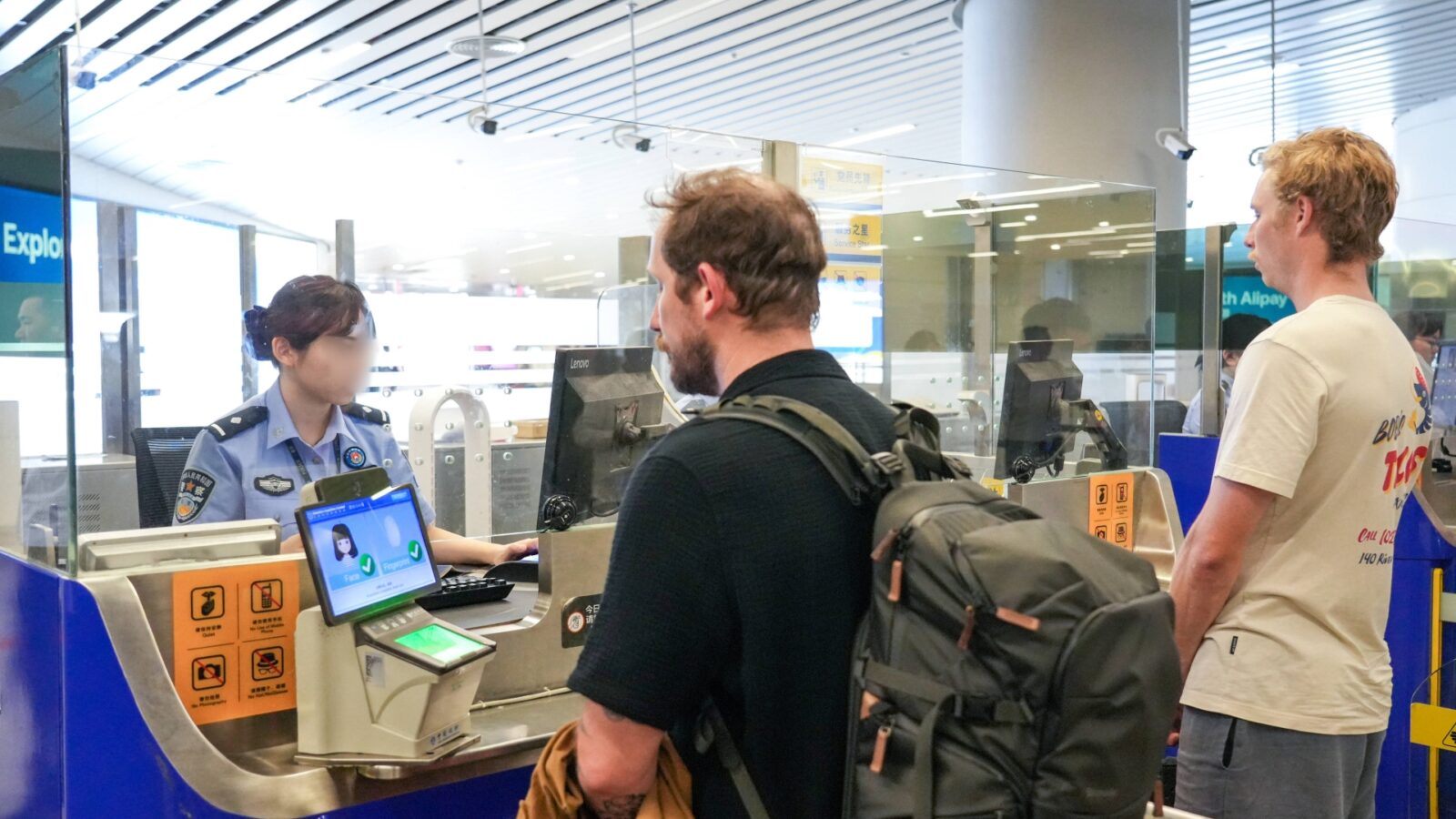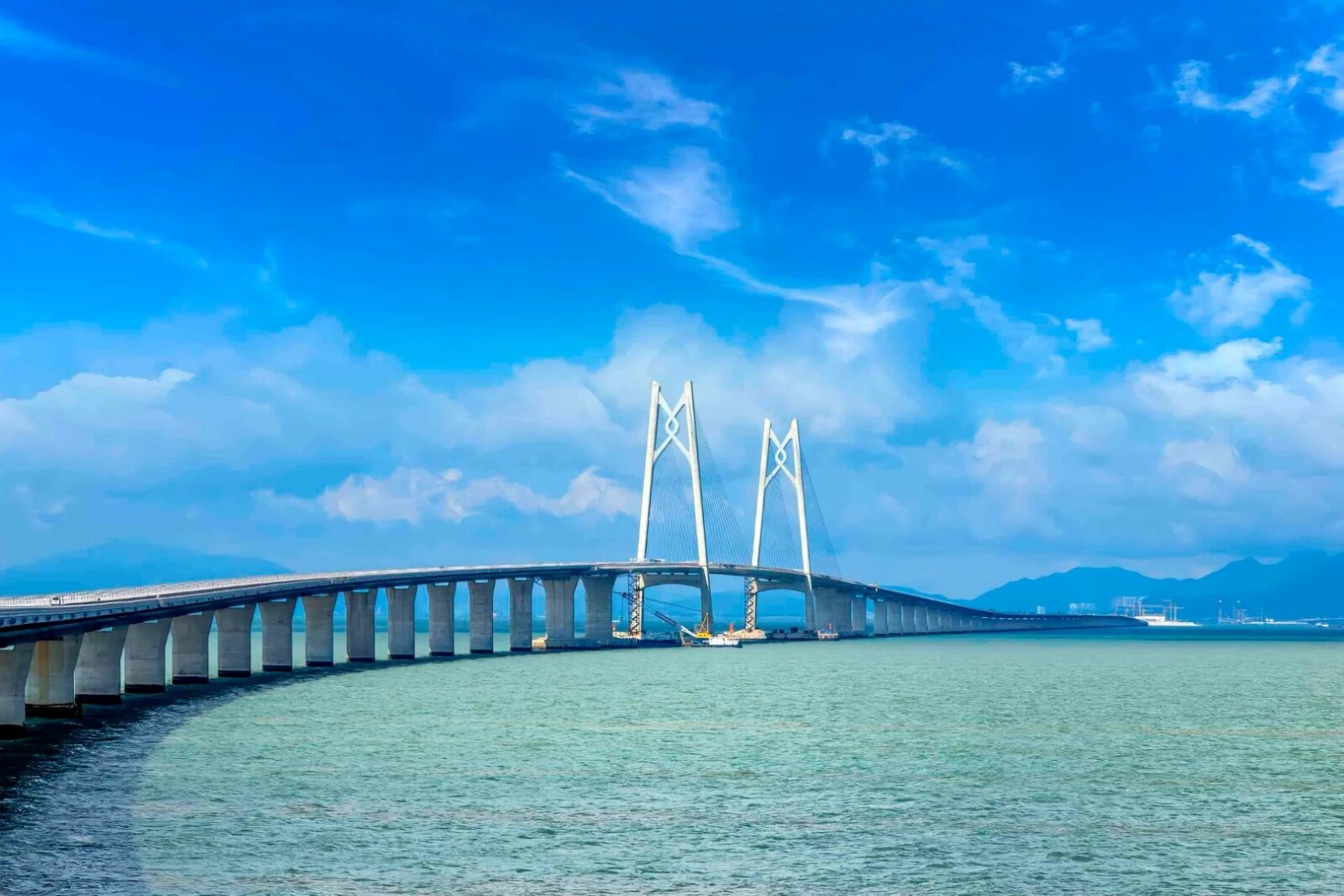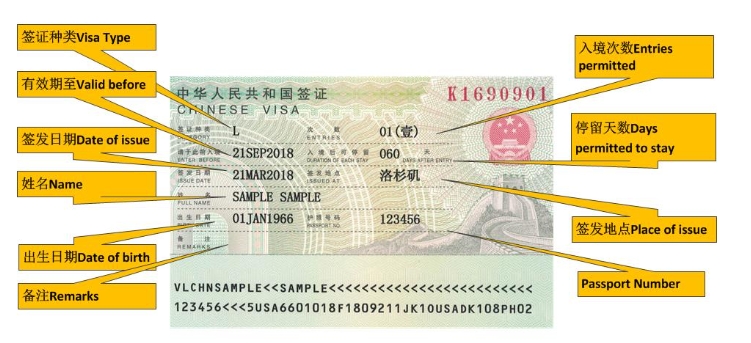The most important problem for people planning to visit China is: how long does it take for a China visa? It can have direct and lasting effects on your travel plans. The answer isn't the same for everyone: ordinary tourist (L) or business (M) visas may take three to five working days, while work (Z) visas could be anywhere from 3-4 weeks, with unpredicted delays pushed back by document problems or holidays that extend wait times even further.
This hands-on and very practical guide for 2025 goes straight to the heart of the matter. When you need to know the specific processing times for obtaining a Chinese visa (L, M, Q, Z, X and S) you can use this book: it provides real-life examples; it explains why China visas are delayed including an unexpected surge in visa applications at midsummer when embassies become too busy to process them all and incomplete documents lying on staff members' desks waiting for corrections before they can be stamped on for you; and it gives chapter and verse on how to avoid the four most common dodges for getting "express" or "rush" services.
For each purpose, from tourism and business to study and family visits, you will find.Duration– Possible obstacles you are likely to encounter (and how to avoid them)– Insight that will at least speed up your application. Go on! Stop guessing and set off in good time by taking our advice on making sure your China visa arrives.
How Long Does Each China Visa Type Really Take? Find Out Before You Apply
China Visa Types and Processing Times (2025)
Most common China visa types, such as tourist and business visas, take about one working week to process if all documents are complete:
| Visa Type | Who It’s For | Standard Service | Express Service | Rush Service |
|---|---|---|---|---|
| L Visa (Tourist) | For leisure travelers | 4 working days | 3 working days | 1–2 working days (only for urgent humanitarian reasons) |
| M Visa (Business) | For commercial or trade visitors | 4 working days | 3 working days | 1–2 working days (only for urgent humanitarian reasons) |
| Q / S Visa (Family / Private Affairs) | For family visits or personal matters | 4 working days | 3 working days | 1–2 working days (only for urgent humanitarian reasons) |
| X2 Visa (Short-Term Study) | For study periods under 180 days | 4–7 working days | 3–4 working days | Uncertain |
| Z Visa (Work) | For employment in China | 3–4 weeks | Uncertain | Uncertain |
| X1 Visa (Long-Term Study) | For study periods over 180 days | 7–15 working days | Uncertain | Uncertain |
Tourist (L) – All too Common and All Too Muddled
If you’re preparing to apply for an L visa, you are not alone. It is what most tourists take, and it’s usually the simplest to obtain. Even a simple case can take five to seven working days if your documents are not perfect. Some consulates require evidence of a round-trip ticket, some do not. It does, depending on where you apply. In Hong Kong, after a traveler posted on Reddit that her L visa was issued in three days because “the staff were happy” that week. That’s not official, but it makes sense.
What slows things down? Hotel bookings. If you’re using Trip. com or Booking. com bookings, find out they really are reservations under Chinese names and addresses (forgo “near Bund” or “close to Forbidden City”). If not, your form could get flagged. I’ve heard of applicants being called back because their hotel was “not in the system.” Ouch.
Business (M/F) Visa ⁄ Fast on Paper, Slow in Reality
Business visas may be fancy-sounding, but with them come headaches. The M visa is supposed to take three to four days officially, but many applicants say they wait for more than a week. Why? Consulates need to check business invitation letters by hand. I know an applicant who had to wait twelve days simply because the verifiying servant in Singapore did not pick up their call.
If your trip is tied to trade fairs (the Canton Fair, for instance), you should apply at least three weeks ahead. April and October are madness months for M visas. I’ve seen people lining up with stacks of printed invites at the visa center in Guangzhou as early as 8 a.m. The line curled around the block, and someone cracked, “This line is longer than my business trip. Not wrong.
Student and Work Visas — The Types That Tend to Take the Longest
Background checks are needed for Student (X1/X2) and Work (Z) visas. That’s where the delays start. Your I-20 (or DS-2019), admission notice or work permit has to mirror your passport info and the embassy often calls to verify this with the issuing school or employer. Processing time? Normally 7-15 working days, sometimes it will take up to 20 working days or even more. I heard of one teacher set for Chengdu who waited three weeks because her invite letter was missing an official red stamp. Small mistake, big delay.
If you are an international student, take it from someone who had to return to her homeland during summer: Summer is peak chaos. Thousands of X2 visas pour in before September. A Beijing visa officer once whisper to me, “If you want yours fast, come before June.” Wise words.
If visas sound complicated, don’t worry — Chinese Visa Types 2025: Quick Guide to Categories, Rules, and Travel Tips turns it into something you’ll remember and use.
How to Apply for a China Visa in 2025: Which Channel Works Best for You?
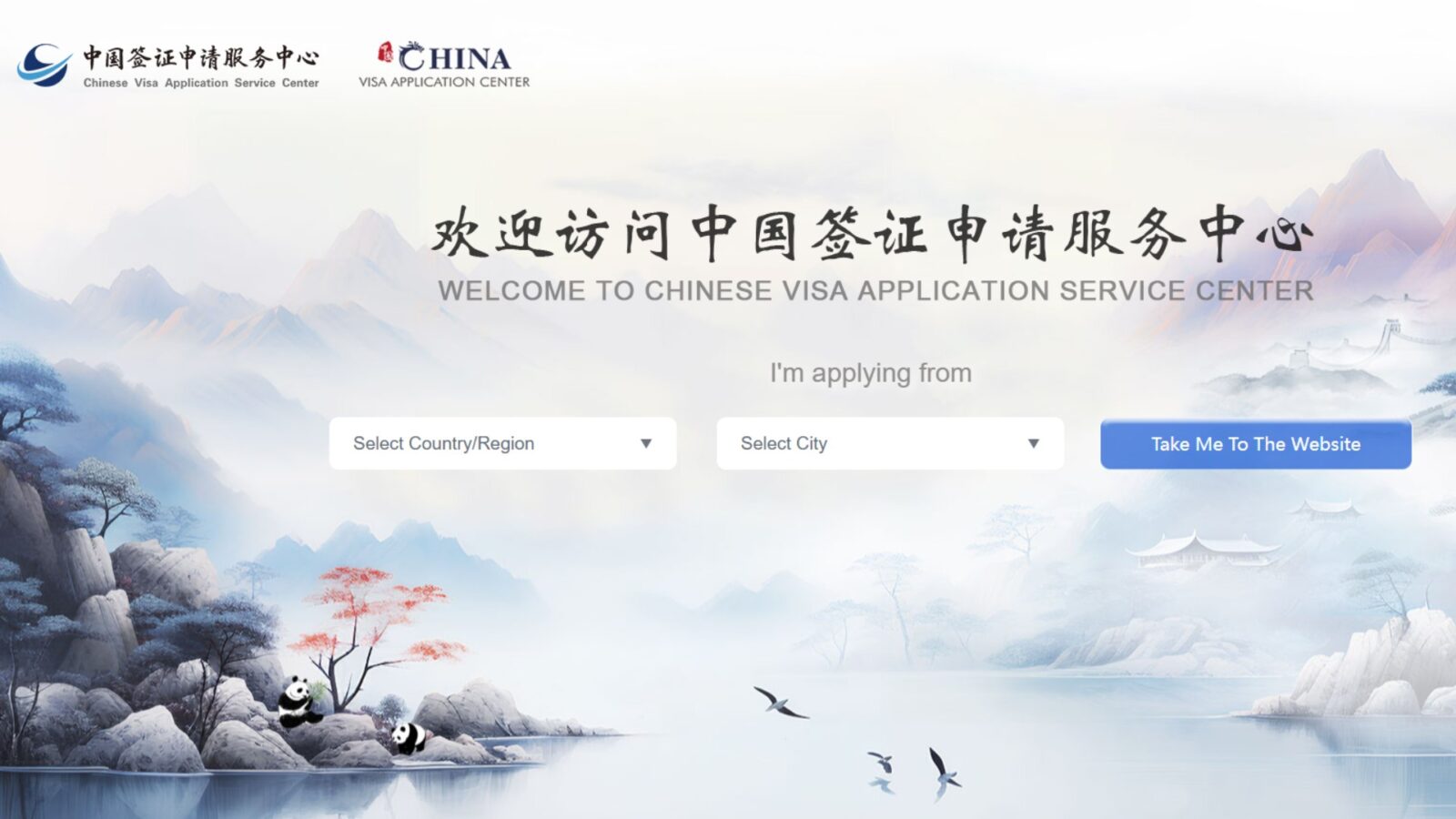
CVASC Interface
1. The Classic Way – Embassies and Visa Centers
If you like things straightforward and official, this is your safest bet. You’ll head to a Chinese embassy, consulate, or an official Visa Application Center (CVASC). Bring your passport, a white-background photo, and maybe an invitation letter if you’re visiting for business or study. Staff at the CVASC will check your forms, take your fingerprints, and pass everything to the embassy for review. It’s formal, reliable, and perfect if you’re applying for work (Z) or student (X) visas. Most travelers say it takes around 3–5 working days, though a little patience never hurts. Think of it as your traditional route—no shortcuts, just certainty.
2. The Smart Way – Start Online, Finish In Person
Don’t want to stand in line twice? Many places now use the China Online Visa Application system (COVA). You fill out the forms online, upload your photo, and book an appointment. It’s like doing your homework before the test—by the time you show up, you’re ready to ace it. The pre-check catches mistakes early, saving you from those dreaded rejections. While you’ll still need to visit the visa center in person, it feels smoother and faster overall. Expect about 4–10 working days, depending on where you are. Some travelers in Russia even get lucky with partial e-visa approval—pretty cool if your country offers it.
3. The Easy Way – Let the Pros Handle It
If the whole process sounds overwhelming (and honestly, it can be), just let a trusted agency do the heavy lifting. Officially licensed travel agencies or visa service companies can handle your paperwork, schedule appointments, and even pick up your passport for you. It costs a bit extra—usually 10–30% more—but for travelers short on time, it’s totally worth it. Just make sure you’re dealing with a legitimate agency; skip anyone making big promises like “guaranteed approval.” This route works best for tourists or business travelers who’d rather focus on trip planning than paperwork.
💡 Tip: Whichever path you choose, apply early—at least 4 weeks before your trip. China’s visa system runs smoothly most of the time, but during holidays like Golden Week, everyone’s in line with you.
Why China Visa Processing Takes Time — And What You Can Do About It
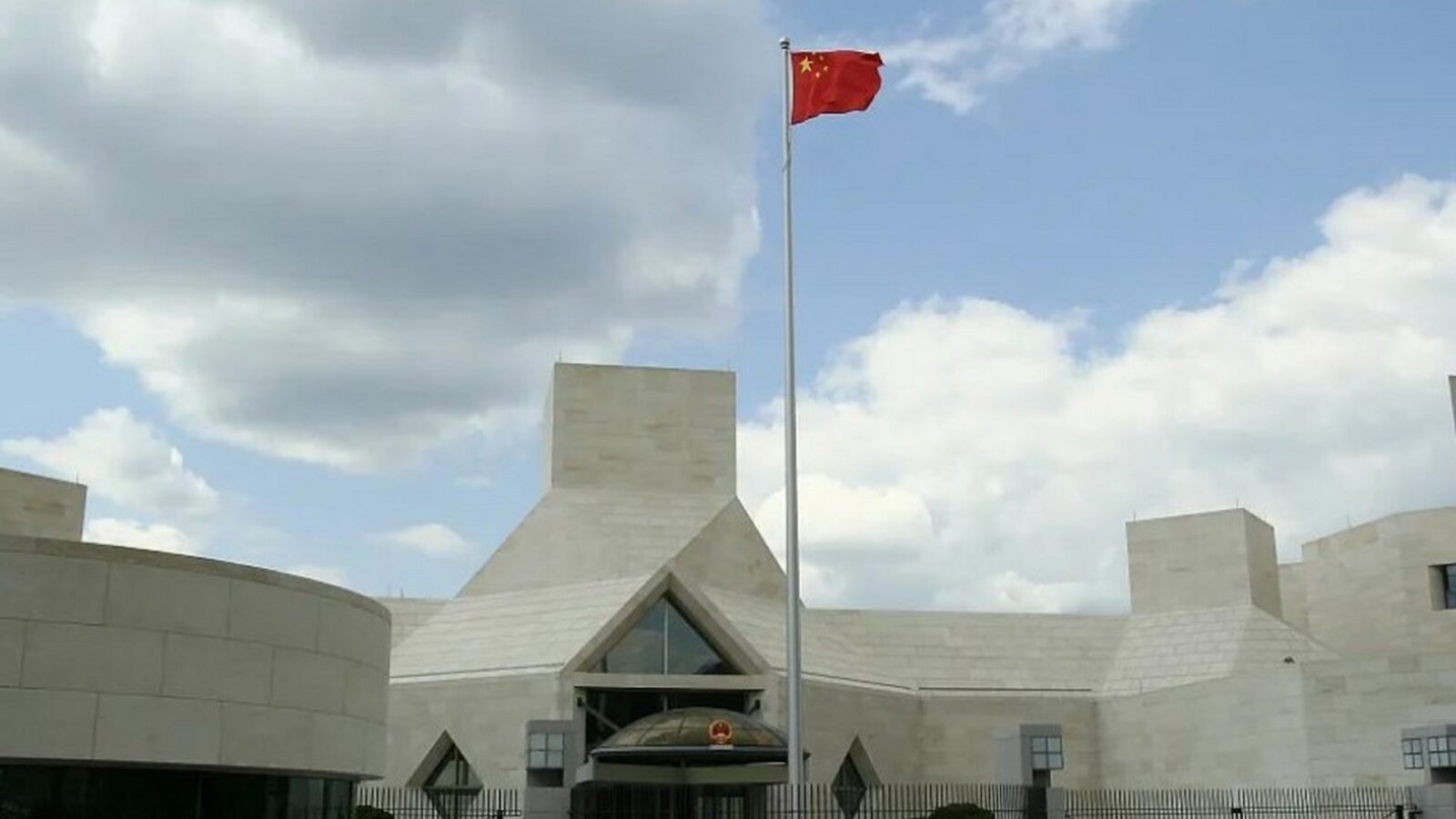
The Chinese Embassy in the United States
Why Processing Time Isn’t Always the Same (and What Affects It)
If you ask three people how long their China visa took, you’ll get three different answers. The official timeline—four working days for regular service, three for express, two for rush—only holds up if everything goes perfectly. That means your passport is valid for six months, your photo meets specs (no shadows, no smiles), and your documents are crystal clear. Once, my friend submitted her form with a slightly smudged signature, and the consulate sent her back to redo it. Lost two days right there.
Different embassies handle workloads differently too. In big cities like Los Angeles or London, visa centers handle hundreds of applications daily. Smaller ones—say, in Auckland or Oslo—might move faster, simply because there’s less traffic. And don’t even get me started on seasonal rushes. Before Chinese New Year or summer holidays, processing lines can double. I remember a TripAdvisor post from someone in Chicago who said, “I thought four days meant four days—not including weekends and holidays. Guess I was wrong.” That sums it up perfectly.
The Real Difference Between Regular, Express, and Rush Service
Here’s the thing: “express” doesn’t always mean fast. It means you pay extra—usually around $25–$40—to maybe get it a day sooner. Rush service is technically two working days, but most consulates require proof of urgency—like a last-minute flight booking or business invitation. In Beijing’s official COVA portal, it even says: “Rush service applies to emergency cases only.” So yeah, they mean it.
In practice, the timing depends on when you submit your passport. Drop it off before 11:30 a.m., and the clock starts that day. After noon? Count from tomorrow. Some visa agents (especially in Hong Kong) offer premium pickup slots, but you’ll pay a higher handling fee. On Trip.com, you can even find bundled services—visa plus flight—for around ¥800–1,200, which sounds tempting until you realize you’re still waiting in the same line.
How Embassy Location and Season Can Change Everything
When I applied in summer, the waiting area at the London Visa Center was a sauna. Fans whirred, but the queue barely moved. The officer told me July and August were “student season”—hundreds of X visas (for study) flood in. Meanwhile, in winter, business visas dominate. So if you’re applying for a tourist visa, mid-spring and early autumn are the sweet spots.
And there’s the location factor. U.S. consulates, for instance, differ wildly: Washington D.C. processes faster than San Francisco, while Chicago’s office often asks for supplementary proof. It’s not favoritism—it’s just workflow. Even on CVASC, they note: “Processing time may vary depending on case complexity.” So if your friend got it in four days, good for them—but don’t bet your flight on it. The safe rule? Apply at least three weeks ahead. It’s boring advice, but it’ll save you a headache later.
What Really Slows Down Your China Visa — And How to Beat the Wait
Public Holidays and Consulate Backlogs You Didn’t Expect
Chinese public holidays are famous for throwing off visa timelines. Golden Week (October) and Chinese New Year (January/February) can extend waiting times by up to five extra days. The offices close, and when they reopen, piles of pending applications flood the counters. Even smaller holidays like the Mid-Autumn Festival slow things down—embassies abroad often match Chinese calendars.
If you’re applying in Europe or the U.S., remember local holidays count too. That means double closures. One applicant in Los Angeles shared online that she “submitted before Labor Day and didn’t see her passport again for ten days.” It’s not the embassy’s fault—it’s logistics.
Missing or Mismatched Documents (and How to Fix Them Fast)
This one’s obvious but underrated. If your name doesn’t match your passport exactly—capitalization, middle name, even spacing—it can delay processing. Once, I saw someone rejected because their flight ticket listed “Thomas J.” while the passport said “Thomas James.” The officer simply said, “Please correct and reapply.” Brutal.
If you’re unsure, email the visa center first. They usually respond within two working days. And for heaven’s sake, check your photo: no glasses, no shadows, white background. A bad photo can cost you two days easily.
When Your Passport Validity Becomes a Hidden Trap
Your passport needs at least six months of validity beyond your trip. But here’s what few people know: some consulates interpret that as “six full calendar months.” That means if your passport expires mid-April, and your trip ends in early October, you might get denied. It’s confusing, but better to renew early than argue at the counter. Renewing your passport too late can set you back weeks.
Tips to Get Your China Visa Faster (and With Less Stress)
Apply at the Right Time — Avoid the “Too Early or Too Late” Trap
Apply one to two months before your trip—not earlier, not later. Apply too early and your visa might expire before departure; too late and you’ll be biting your nails while waiting. It’s funny how timing feels like guesswork, but consulates stick to logic. One officer once told me, “Best timing? Five weeks before your flight.” That’s stuck with me.
Avoid Mondays (crowded) and Fridays (short hours). Wednesdays are surprisingly calm. And if you’re going through a visa center, show up before 10 a.m.—after that, the line snakes past security.
How to Prepare Supporting Documents the Smart Way
Think like a consular officer. They’re scanning your docs for red flags: incomplete addresses, suspicious itineraries, mismatched dates. Use full Chinese addresses when possible—like “上海市黄浦区南京东路123号” instead of just “Nanjing Road.” It looks more legit.
Budget-wise, set aside about ¥400–800 depending on your service type and location. You can check real-time visa center pricing on Ctrip (Trip.com) or CVASC. Bring both printed and digital copies—it sounds paranoid, but printers love breaking down when you need them most.
Should You Pay Extra for Express Service? A Realistic Look
Honestly? Only if you must. The express fee might save you one day, but only if your documents are spotless and your timing perfect. I’d say pay for express only if your flight is within a week. Otherwise, save the money for dumplings in Shanghai.
Some agencies in Hong Kong advertise “same-day visa,” but that’s typically for Hong Kong SAR entry or extensions—not mainland visas. Don’t fall for it. I once watched a couple argue at a counter over that exact misunderstanding. Let’s just say they didn’t leave happy.
FAQs About China Visa Processing (2025)
Q: How long does it really take to get a China visa in 2025?
Most travelers receive their visas in 5 to 7 working days. It depends on the location and season. During Chinese New Year or Golden Week, waiting times may extend to 10 days. Apply early and double-check all forms before submission. It helps you avoid extra trips to the visa center.
Q: Can I apply for a China visa while traveling in another country?
You can apply abroad, but only in a country where you have legal stay. For example, if you are in Thailand with valid entry stamps, you can apply at the Chinese Embassy in Bangkok. Always confirm the local embassy’s rules before starting your application. Each country may follow slightly different procedures.
Q: Does applying through Trip.com or CVASC make it faster?
These platforms review your documents before submission, saving time on corrections. Many travelers report smoother approvals, though speed may vary by region. Official channels are always safer than unverified agents. Using them may not shorten the total process but reduces stress and mistakes.
Q: How early should I apply before my flight to China?
Apply at least four to six weeks before your travel date. It gives time to fix any missing forms or details. During peak months from April to October, embassies handle more applications. Submitting early keeps your schedule flexible. Never rely on next-day or rush approval unless urgent.
Q: Are 10-year China visas still issued in 2025?
Yes, citizens from the U.S., Canada, and some EU countries can still get them. These long-term visas cover both tourism and business purposes. Processing usually takes 3 to 5 days, similar to short-term visas. Prepare your itinerary and old visas if renewing. It helps prove travel consistency.
Q: Why do some applications take longer even with correct documents?
Embassies sometimes review applications randomly or face local workload surges. Technical updates or public holidays can also slow the process. Travelers in London or Toronto often mention minor delays in such cases. Planning for at least a week of processing is safer. Flexibility prevents frustration.
Q: Can I extend my China tourist visa after arrival?
Yes, visit the local Exit and Entry Administration Bureau in your city. The extension process usually takes about seven working days. Bring your passport, photo, hotel registration, and financial proof. Approval depends on the local authority’s discretion. Small cities may have stricter policies.
Q: What happens if I submit the wrong photo size or form?
You’ll need to resubmit the correct version at the visa center. Always print your photo in 33×48mm with a white background. Use black ink for all forms to avoid rejection. Checking small details early saves time and money. It also keeps your application moving without interruption.
Q: Is it possible to apply online from the U.S. or Europe?
Online systems only allow you to fill and print the application form. You must still visit the Chinese Visa Application Center in person. Some countries like Russia provide full online pre-approval, but it’s limited. Always read the local visa website carefully. Rules can change without notice.
Q: Do visa delays affect booked flights or hotels?
Yes, delays can impact travel plans, especially for fixed-date tours. Airlines may deny boarding without a visa unless you use 144-hour visa-free transit. Choose refundable tickets or flexible hotel bookings. It protects your budget and avoids last-minute losses.
